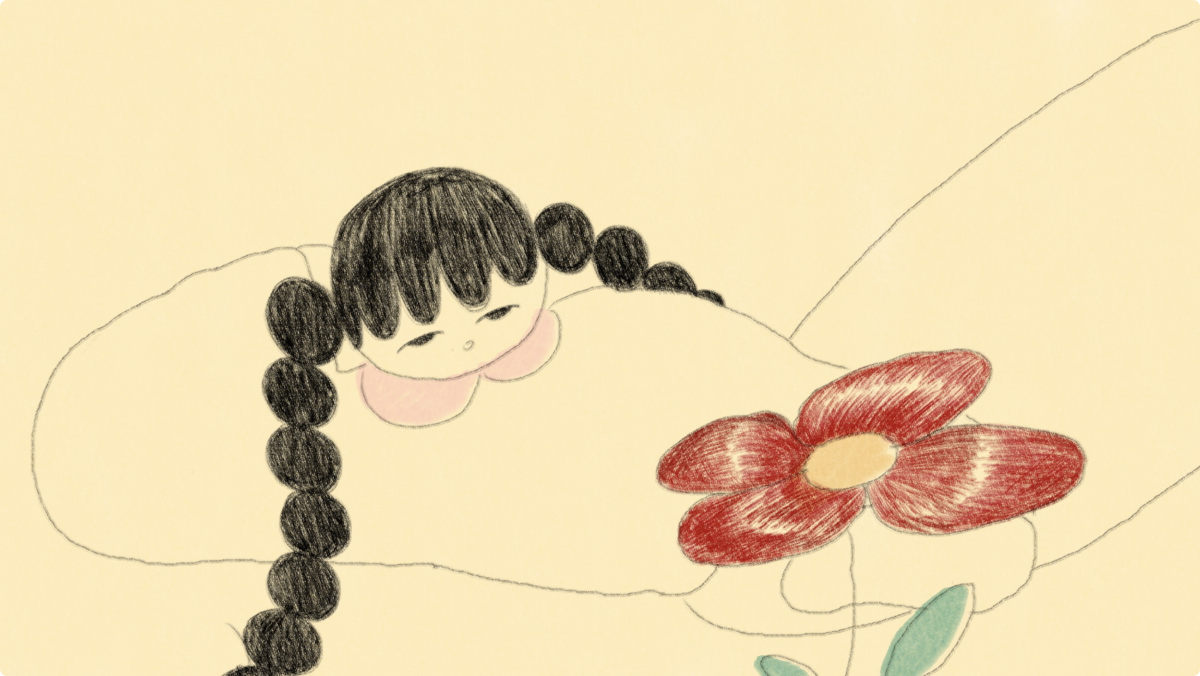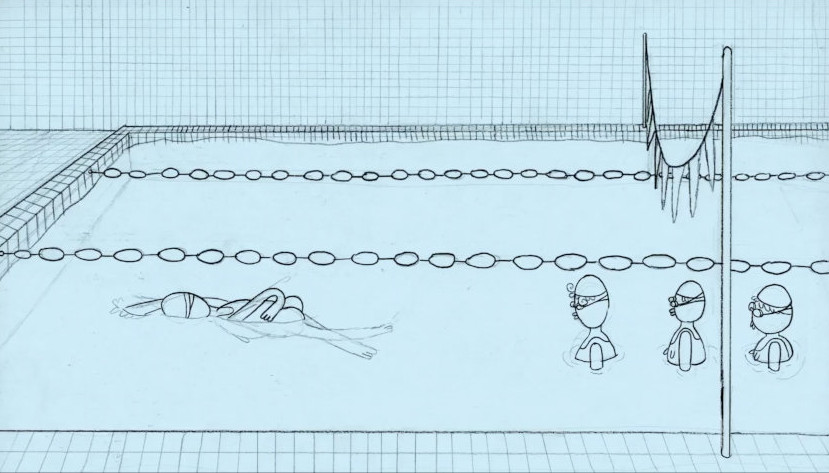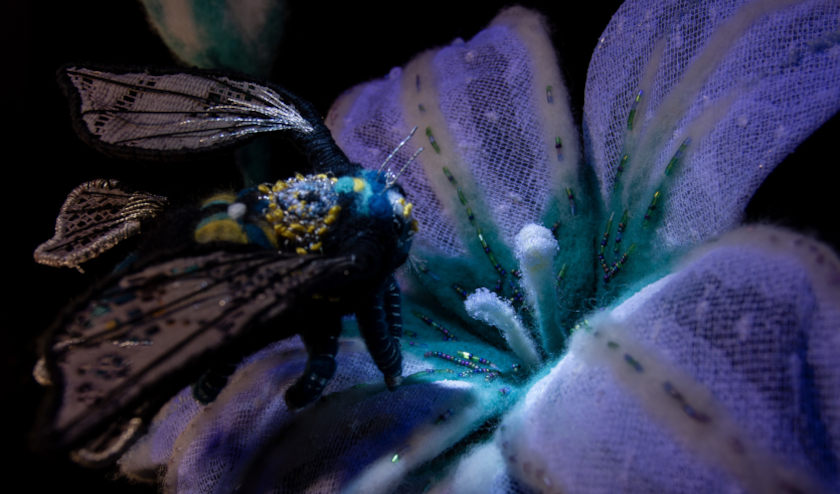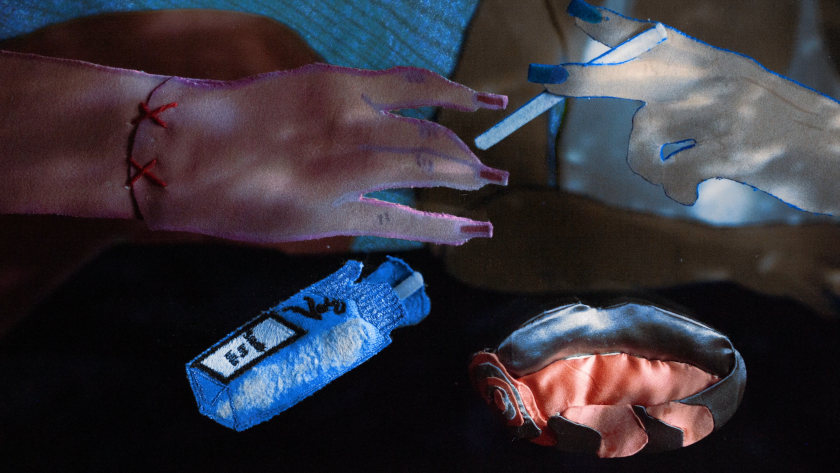Independent Animation Shorts
Urban Sphinx (Esfinge Urbana) by María Lorenzo Hernández
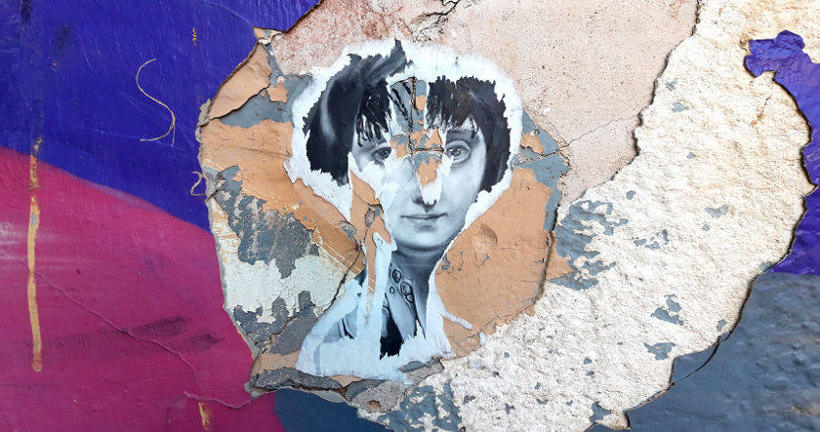
She's an animation artist interested in classical art and painting, an educator (animation teacher at the Faculty of Fine Arts, Universitat Politècnica de València) and a meticulous observer of public laid street art. Valencia-based María Lorenzo Hernández has been justly celebrated before in the animation festivals circuit, with animation shorts like Portrait of D. (2004) and The Night Ocean (2015, Goya nomination). In her new animation short, Urban Sphinx, she unapologetically claims "I didn't make a single drawing of my own'. Yet the result, a creative documentation of the ephemeral street art in Valencia neighborhoods (conducted within one year, and produced by Enrique Millán), proves that animation directing is a (thankfully) broader concept than drawings.
Watch the Urban Sphinx Trailer:
María Lorenzo Hernández has lived for the last 24 years in Valencia. As she explains to Zippy Frames, "it is different from Madrid or Barcelona. Valencia can be explored on foot. It is big and small at the same time'. Street art is to be found more frequently and lasts longer in the Old City (The Gothic centre) and at districts that experience gentrification — like Russafa, El Carmen, San Vicente Street, Patraix, etc.
This "housing bubble" that in turn is reflected in the Valencia street art is expressed by a lot of names and artists (keep notes): Chikitin, Atila the One, Barbiturikills, Bea Rodríguez Art, Bowy Face, Cofla, Creative Close, David de Limón, Deih, Disneylexia, Erb Mon, Espectro Lobo, Hope, Julieta XLF, la Nena Wapa Wapa, PichiAvo, Robin Kowalewsky, The Photogtapher, Victin, Vinz, Will Coles, Xolaca.
Lorenzo Hernández first started collecting photos from artworks using the camera of her mobile phone ("it was a bit like playing Pokemon Go!"). "In the beginning I wasn’t sure of what I was going to do with them" she admits. More than 3,000 photos were taken (only 1,200 of which were used in the final film). Photographs were later animated in short scenes like GIFS, and were edited in the timeline alongside the music theme. And, for those who think that experimental animation without a storyboard or a script is just improvisation, Hernandez took special care not to include photos and scenes which did not fit her theme or sound too repetitive.
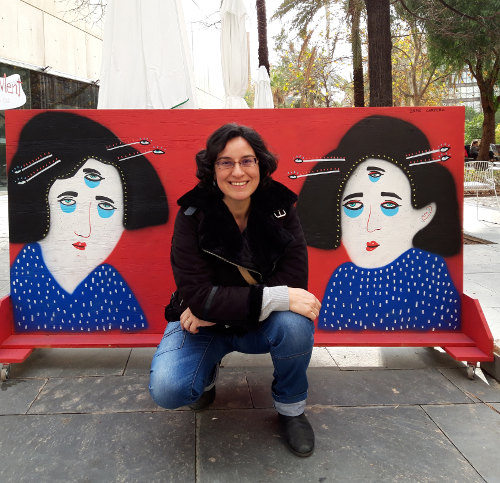 Lorenzo Hernandez's influences for this piece come from Paul Bush (The Five Minutes Museum, Furnitutre Poetry), and Gil Alkabetz. "He created a short film taking from Leonardo Da Vinci’s The Last Supper, composing different fragments from the mural painting as the frames of a film. Urban Sphinx owes a lot to both artists".
Lorenzo Hernandez's influences for this piece come from Paul Bush (The Five Minutes Museum, Furnitutre Poetry), and Gil Alkabetz. "He created a short film taking from Leonardo Da Vinci’s The Last Supper, composing different fragments from the mural painting as the frames of a film. Urban Sphinx owes a lot to both artists".
Lorenzo Hernandez went for specific motifs as well, like the Ingres-like female face. "Most of the paintings appearing in the film were created by the artist called 'Chikitin'", she mentions. "He creates oil paintings taking from classic portraits, but later the images become stickers printed in black and white — so you can find Chikitin’s images through all the city. These paintings play the central role in Urban Sphinx".
In the editing process, the variety factor also had to be taken care of. "It became important to include art from other artists as well. Very often they were stenciled graffitis, but it was also essential to find more colourful motifs, especially painted graffitis that gave provided more visual variety. Sometimes, the artists paint the same characters in different positions, so this makes possible to animate them very lively — like the duck jumping, or the masked head turning 360º".
Music was instrumental to the film, already from the stage of photo collection: this was the moment when the first edit with the soundtrack was crafted. "It is a piece of hand pan music, “Maktub” (meaning: 'it's written')' the director explains. "It is performed by Gabriel de Paco, a musician that I found playing in the streets of Valencia in 2016, and I bought a CD of him. Some time later, when I started Urban Sphinx, I decided that it was the sound the project needed". Check out the original performance below, which was performed on the street (to be recorded on video).
For Gabriel de Paco, as he here explains, he performs and composes like any other musician playing the piano or any other instrument. Equipped with music patterns in his mind, he then went on to improvise the music theme. As he states, when you improvise, you incorporate the things you’re thinking at that moment; the music comes naturally, without filters, so it is impossible to reproduce it later.
Since the music theme was recorded out of a studio and some ambient sounds were captured (for instance, church bells), María Lorenzo Hernández also added more street sounds to create a sort of urban soundscape.
Although Urban Sphinx is almost abstract film, the most challenging thing was the need to give some structure to the whole, creating different visual rhythms according to the music theme, and finding some kind of progression: starting with big murals, then approaching to the details and, finally animating them 12 images per second.
The director devised a time trajectory from showing "legal" street art (plaster ornaments representing faces in Modernist buildings, certain traffic signs sculpted directly onto the facades) to the “illegal”: the graffitis, the stenciled paintings and the stickers. "For me, it was particularly beautiful finding images that were not perfect; instead, I liked finding degraded paintings on shelled walls, or half-torn stickers; sometimes, people re-paint onto them or vandalize these images: a combination that gives more variety and “movement” to each animated scene. In any case, while we were looking for these graffitis, we followed the rule of not intervening them: we did not create or stuck new images, we did not manipulate them and we did not remove them".
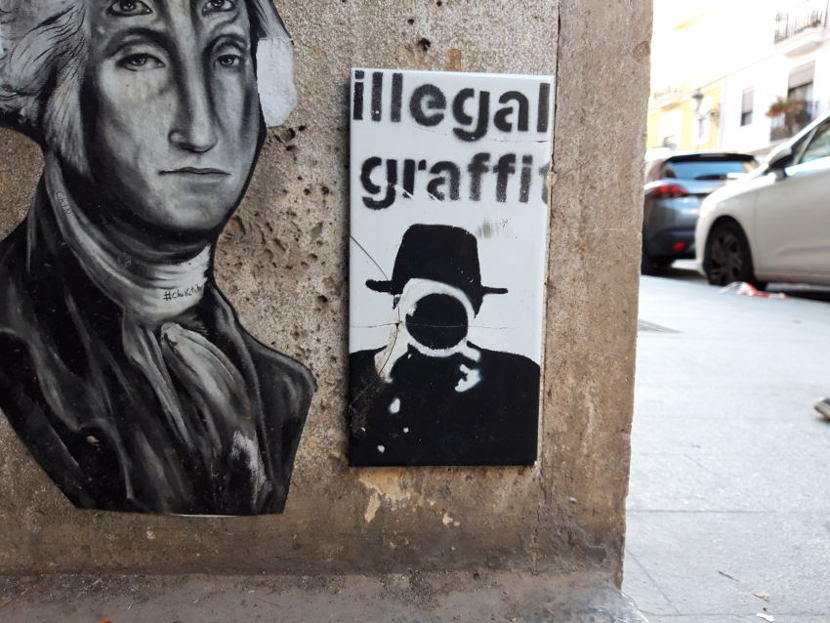
María Lorenzo Hernández was accompanied by her 6-year-old daughter Maria during the exhibition (she now has a production baby, Miguel Ángel, born December 2019), and Maria was her first critic. "At first she said, “my mother is crazy, she’s taking photos of these graffitis”, but later she found it very amusing and she even helped me to locate all them possible. At the end, she had totally changed her point of view and asked to herself: “why the other people do not make photos of these graffitis?”
Could this work for Valencia passerby viewing the film as well? Usually people are too busy — or too distracted by the shops windows" Hernández adds, " to pay attention to Street Art. Especially when these pieces are very small, and you can find them in places like the rear part of traffic lights, onto abandoned houses, or onto electricity boxes. But, when I started to take these photographs, people passing looked at me strangely and then they realized that there were faces painted or glued on the walls"
Yet some graffiti artists who paint large formats (big murals, for instance), like PichiAvo, Okuda or Escif have gained recognition, as the director informs. "They even been invited to exhibit their work at Valencian museums or festival and there are also some festivals to promote and share with the population activities related to Street Art — not only graffitis but also Street music, performance, etc. "
So, let's hope that Urban Sphinx, with its moving image capability will make more visible those smaller pieces of art as well; it looks like a hidden treasure in need of being animated.
Film Review (Vassilis Kroustallis):
Here's looking at you, kid. The 5-minute animated and moving collection of Valencia street art is not just a meta-representation, but mostly a registering by a studious writer who uses her camera as a typewriter to recreate what the artefacts let us see. In many ways, Urban Sphinx by María Lorenzo Hernández could have been shot in a 4:3 aspect ratio, just like a found footage story of the past now re-presented: central framing predominates and a multitude of gazing eyes, faces and lenses get you hooked up in the process instantly wrapped up in old scratch paper, put into display. But then you would miss what happens in the periphery of a city who needs to travel the distance -and you need to go along with it. From sculptures to stenciled graffiti, and from Tarantino to rabbits, the moving images in Urban Sphinx won't tell their secrets to their researcher, but they will still invite him to investigate. The hypnotic soundtrack is designed to smooth out the process, and the whole film feels like a copious but still freewheeling attempt to tell the urban stories we'd like to be a part of.
About María Lorenzo Hernández
María Lorenzo Hernández (1977) is an animation teacher at the Faculty of Fine Arts, Universitat Politècnica de València, Spain. Her short film The Night Ocean (2015) has been nominated to the GOYA Spanish Academy of Film Awards. Her short films Portrait of D. (2004), The Carnivorous Flower (2009) and Impromptu (2017) received several awards and were selected at international animation festivals such as Annecy, Anifest, Anima Mundi, Anima Brussels, London, Zagreb, etc. In 2012 she coordinated the collective film The Cat Dances with its Shadow (2012). Urban Sphinx (2020), her most recent work, is a tribute to all street artists from the city of Valencia.
Filmography
Urban Sphinx (2020), digital edition, DCP, 5’
Impromptu (2017), mixed media, DCP, 11’09’’
The Night Ocean (2015), mixed media, DCP, 12’’
The Cat Dances with its Shadow (2012), animated drawing and 2D computer, 5’30’’, HD.
The Carnivorous Flower (2009), drawing on paper, 35mm, 8’ 40’’
Portrait of D. (2004), painting on cells, DigiBeta, 8’ 21’’.





